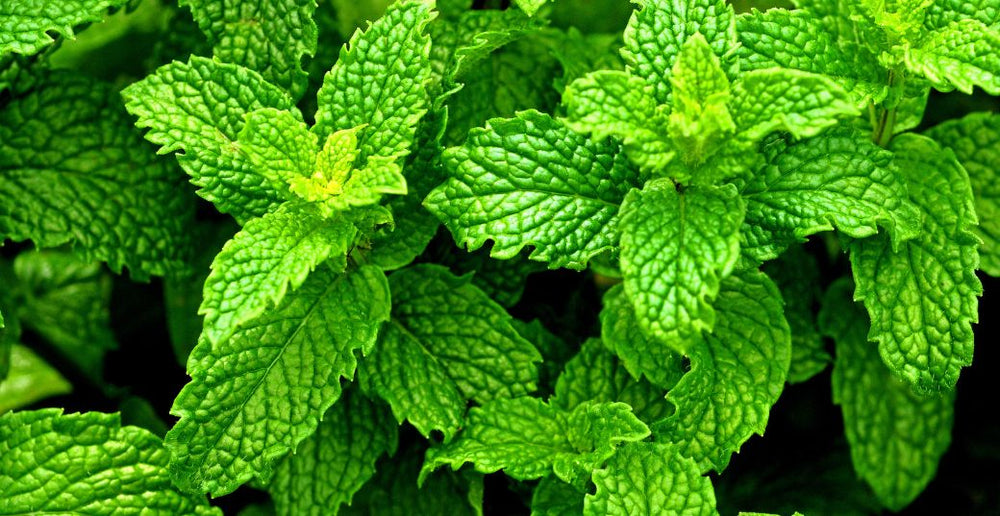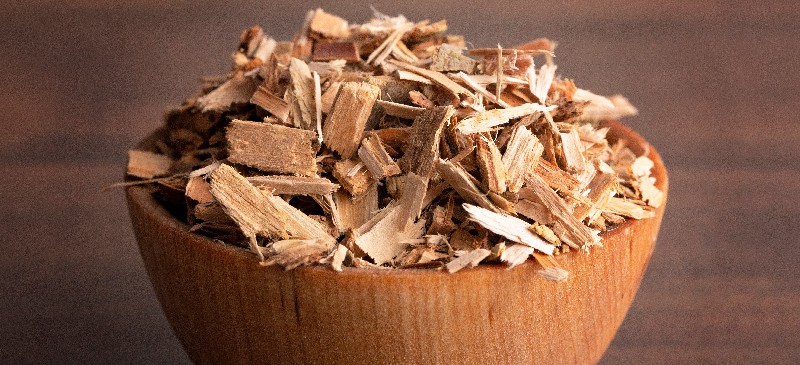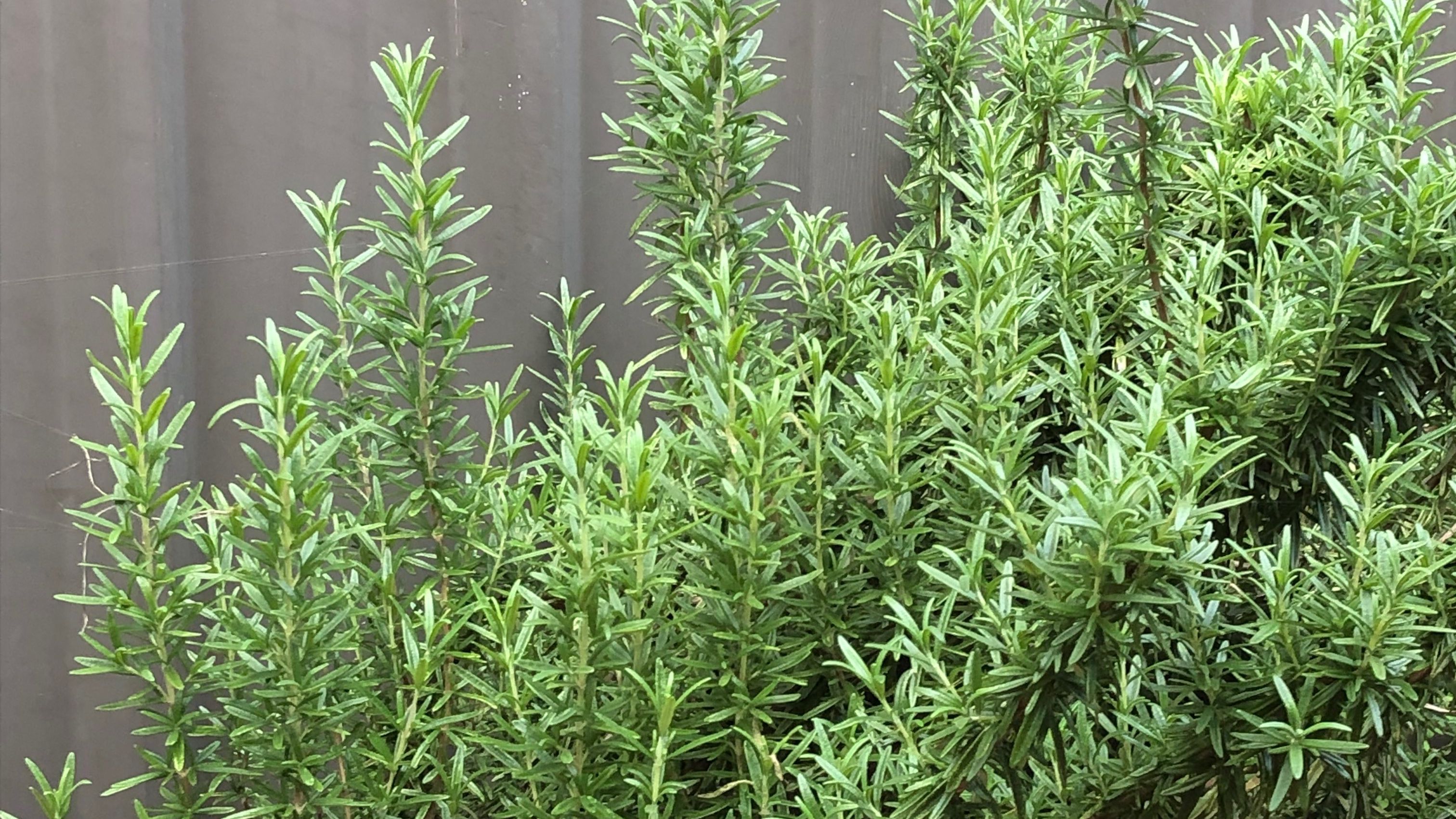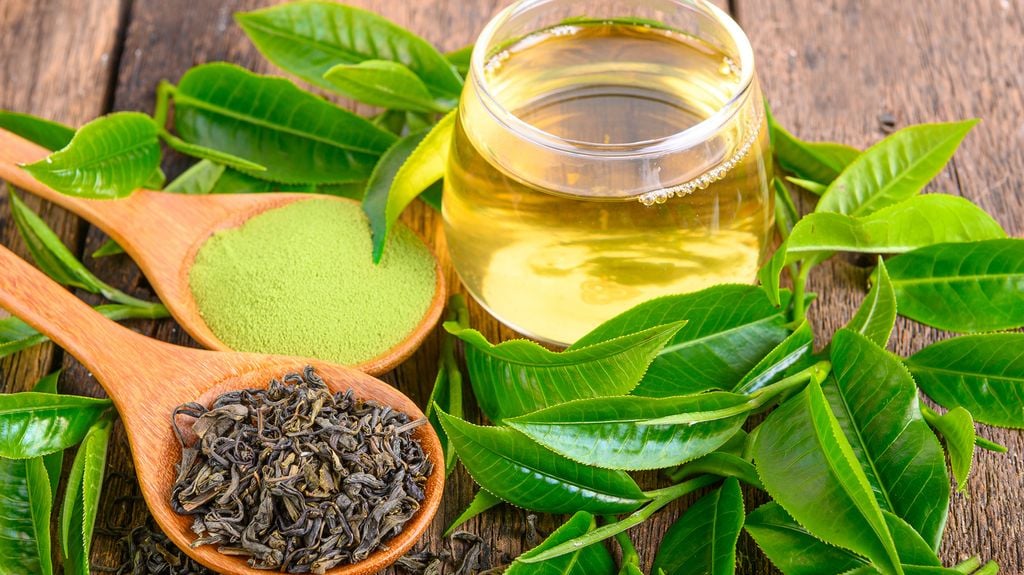This DIY Lavender Lotion Recipe is Light, Creamy, and Made with Natural Ingredients like Shea Butter and Lavender Essential Oil.
Switching to all-natural skincare can feel expensive, especially when you see the price difference between Burt’s Bees lip balm and regular chapstick. I thought there was no way I could make it work long-term on a budget!
But here’s the good news: making your own beauty products like body butter, lip balm, and even baby wash is super easy—and often cheaper than store-bought versions!
Most commercial lotions are packed with chemicals, fragrances, parabens, and preservatives, which aren’t exactly the ingredients you want soaking into your skin. Making your own lotion with ingredients you know and trust is a much better choice!
I personally struggle with dry hands, especially in the winter (and all year since we don’t have a dishwasher). This lavender lotion has become a key part of my nighttime routine to help me unwind after a long day.
It’s also great for my kids—rubbing it on their legs and backs helps them relax and get ready for sleep, as the calming scent of lavender is perfect for sweet dreams.
Prefer a solid option? Check out my recipe for homemade lavender lotion bars!

What You Need To Make Homemade Lavender Lotion
Ingredients:
- White Beeswax Pellets – Beeswax helps reduce the greasy feel of your lotion while still locking in moisture, leaving your skin feeling soft and hydrated.
- Shea Butter – Known for its skin-softening, soothing, and anti-inflammatory properties, shea butter is a fantastic choice for homemade skincare. If you prefer, you can substitute it with cocoa butter for a slightly different texture and scent.
- Almond Oil – This oil has healing properties that make it great for acne and skin blemishes. If you don’t have almond oil, jojoba oil or olive oil are good alternatives.
- Vitamin E Oil (optional) – A teaspoon of vitamin E oil adds extra healing power to your lotion, making it great for dry or sensitive skin.
- Lavender Essential Oil – The star of this recipe, lavender essential oil, provides a calming, natural scent perfect for a relaxing lotion. I recommend this particular brand for DIY skincare because it’s both strong and affordable.
Supplies:
- Electric Mixer – You can use a blender, food processor, stand mixer, or a hand mixer with a bowl to blend the ingredients into a smooth, creamy lotion.
- Double Boiler – Alternatively, you can create a double boiler by placing a glass bowl on top of a saucepan with an inch or two of water in it. Heat the water over medium heat, and add your ingredients to the glass bowl to melt.
- Glass Container – Use a glass jar or container to store your finished lotion. Make sure it’s airtight to preserve the freshness of your homemade product.
How To Make This Homemade Lavender Lotion Recipe:
Melt – In a double boiler or a glass bowl placed over a pot with a few inches of water, heat the almond oil, shea butter, beeswax, and vitamin E oil (if using) over medium-low heat. Stir occasionally until everything has melted and there are no solid bits left.
Whip – Once the oils have melted and cooled slightly, transfer the mixture to a stand mixer or use electric beaters. Whip the mixture on high speed. Slowly and gradually add in the water, continuing to mix until the lotion becomes light and creamy.
Add the Essential Oils – Once all the water has been incorporated and the mixture turns bright white and fluffy, add 30–50 drops of lavender essential oil. Continue whipping to fully combine the scent into the lotion.
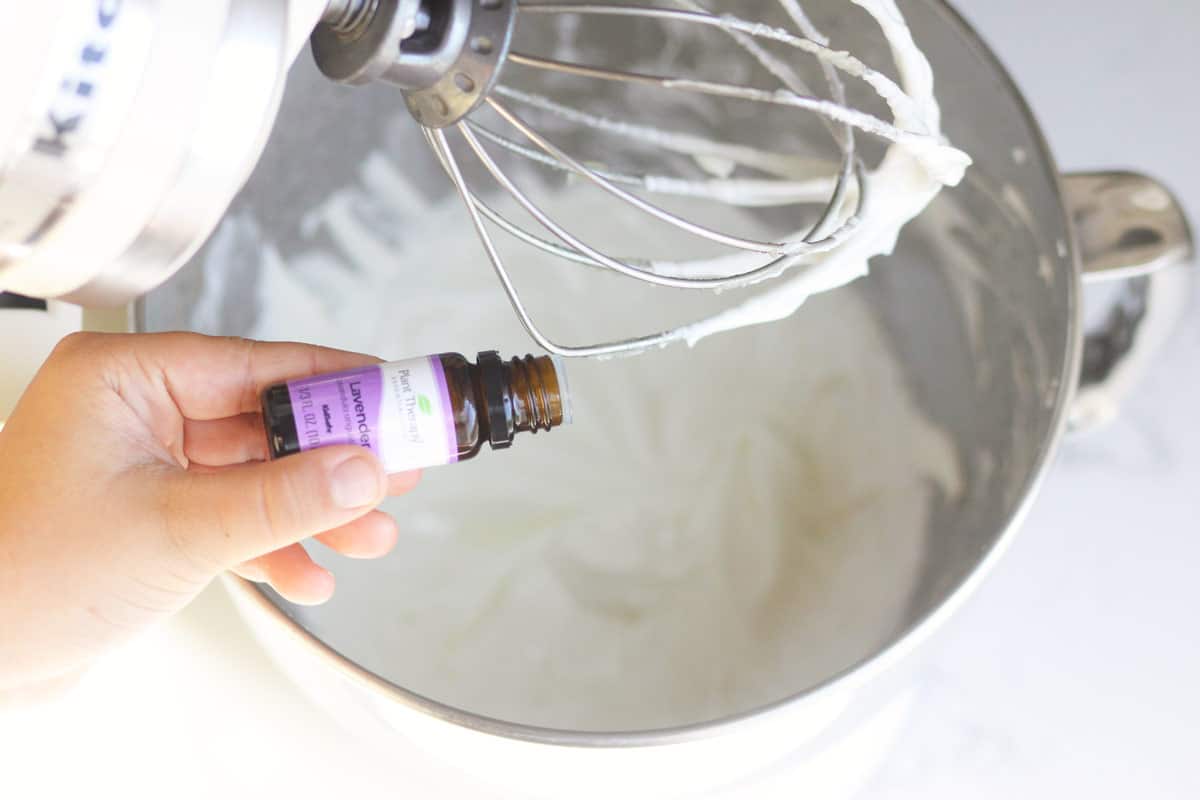
Tips For Success:
To Use: This homemade lavender lotion is safe for most parts of your body, but it’s best to avoid sensitive areas like your face or eyes. If you experience any irritation, discontinue use immediately.
To Store: Store the lotion in a cool place, like the refrigerator, in an airtight glass jar for up to 3 months.
Variations: Lavender pairs beautifully with other essential oils like orange, lemon, vanilla, and grapefruit. You can experiment with a blend of these oils, but make sure the total amount doesn’t exceed 50 drops.
Substitutions: If you don’t have almond oil, you can easily substitute it with jojoba or olive oil in this recipe.
About This Lavender Body Lotion Recipe
All-Natural Ingredients
This lotion is made with completely natural ingredients, making it a great choice for even sensitive skin types. No worrisome chemicals here!
Easy to Make
You can make enough lotion to last your family all winter in just 15 minutes—no complicated steps required!
Super Cheap
The ingredients cost only a few dollars, which is a fraction of the price of store-bought all-natural lavender lotion. And even if it seems a bit pricey the first time, you’ll have plenty of leftover ingredients to make multiple batches.
Plus, leftover beeswax can be repurposed to make baby lotion, beeswax candles, or lip balm!
Moisturizing
Each ingredient in this lotion is naturally hydrating and healing, perfect for dry skin.
Creamy
This homemade lotion is light and creamy, melting into your skin without any greasy residue.
Easy to Customize
Lavender essential oil blends well with many other oils. Try adding a few drops of chamomile, vanilla, lemon, grapefruit, rose, geranium, or orange essential oils to create your own signature scent!
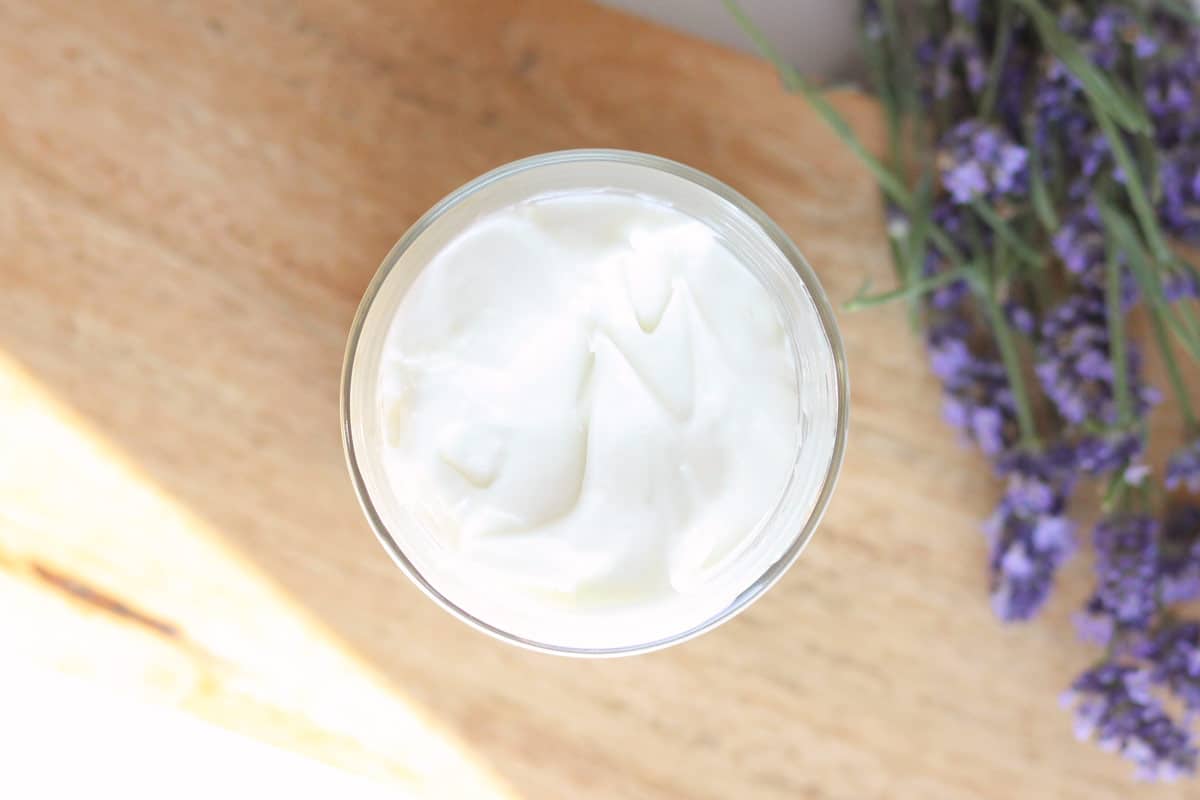
FAQ About This Homemade Lavender Lotion Recipe
How Many Drops of Lavender Oil Should You Put in Lotion?
It’s generally recommended to use 12 drops of lavender essential oil for every ounce of carrier oil, body cream, or lotion. Since this recipe uses about 4 ounces of oils, I typically add between 30 and 50 drops of lavender oil to achieve a pleasant, fragrant scent.
How Should You Store Homemade Lotion?
To extend the shelf life of your homemade lotion, store it in a sealed container in the refrigerator. When kept in the fridge, it can last up to 3 months. Plus, essential oils should be stored away from direct sunlight to preserve their potency, so the fridge is the perfect place to keep your lavender lotion fresh and aromatic.
Is This Lavender Lotion Safe to Apply to Your Face?
This lavender lotion is made with all-natural ingredients, so it should generally be safe for use on your face, as long as you avoid your eyes and nostrils. However, to be on the safe side, it’s a good idea to do a patch test first. Apply a small amount of lotion to a spot on your cheek, and wait a few minutes to see if any redness or irritation develops before using it more liberally on your face. This will help ensure your skin reacts well to the ingredients.
CONCLUSION
Making your own lavender lotion is a simple, cost-effective, and natural way to keep your skin hydrated and healthy. With ingredients like shea butter, almond oil, and lavender essential oil, you can create a luxurious, moisturizing lotion without the worry of harmful chemicals. Not only is it easy to make, but it’s also highly customizable to suit your preferences, whether you want to add other essential oils or create a thicker or lighter texture.
By making this homemade lotion, you’ll save money in the long run, and you’ll have peace of mind knowing exactly what’s in your skincare products. Plus, the soothing lavender scent is perfect for relaxation, making it a great addition to your nightly routine.
Store your lotion in a cool place, and it’ll last up to three months—so you can enjoy soft, nourished skin all season long.




